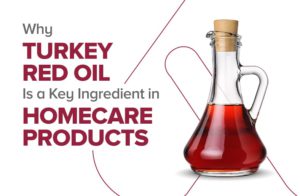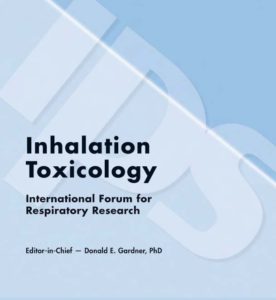Breastfeeding offers valuable health benefits for children and for their mothers. When women are first told that they should breastfeed exclusively for six months and on an ongoing basis for the first year, though, many feel so overwhelmed by the process that they give up entirely. That’s because they often aren’t given all the information and options that could make them successful.
In particular, many women could be more successful on their breastfeeding journeys if they chose to combine breastfeeding and bottlefeeding – and to do that, you’ll need to pump.
Forget The Old Myths
There are a number of reasons why a woman might choose not to pump alongside breastfeeding, and many of those are perfectly valid and well-reasoned, but too often women choose not to do this because of old myths. For example, some people used to believe that babies would suffer from “nipple confusion” if they were both breast- and bottle-fed.
In reality, though, there isn’t any evidence that this happens. What it can do, though, is increase your milk supply, relieve discomfort, and provide increased schedule and childcare flexibility for busy families.
Stash Strategies
One of the main benefits of using a breastpump is that it allows you to build up a backup stash of milk for use if you have to travel or leave your child with a babysitter or in daycare. Have a family emergency out of town? No reason to worry, because you’ve got milk stored in the freezer. Not feeling great and struggling with your milk supply? Once again, you can turn to your backup supply to get you through a few feedings.
Of course, you may be wondering where that milk is coming from if you haven’t felt like you’re making much extra milk, but this is one of the other advantages of using a breastpump: it’s one of the best ways to increase your supply. While there can be some nutritional downsides to using a breastpump, the more frequently you pump, the more milk you’ll make.
Why Be Exclusive?
Exclusivity is a good tool for some activities, but when deciding whether to breastfeed or pump, it’s really not necessary unless there is another factor at play. For example, exclusive pumping is often the best option for premature babies or infants with cleft palates and other developmental abnormalities that interfere with latch. These infants get the greatest nutritional benefits from pumped breast milk delivered in whatever way is safest for them.
For otherwise healthy babies, of course, any combination of nursing and pumping will provide sufficient and safe nutrition, and you have the ability to find a balance. You may nurse more in the first weeks and the transition to pumping more as your child grows or because you need to go back to work. What really matters is that you find an approach that helps you continue providing your child with breast milk throughout the first year. This is about quality nutrition and long-term health benefits, and breast milk offers those benefits whether you nurse or pump.





Be First to Comment